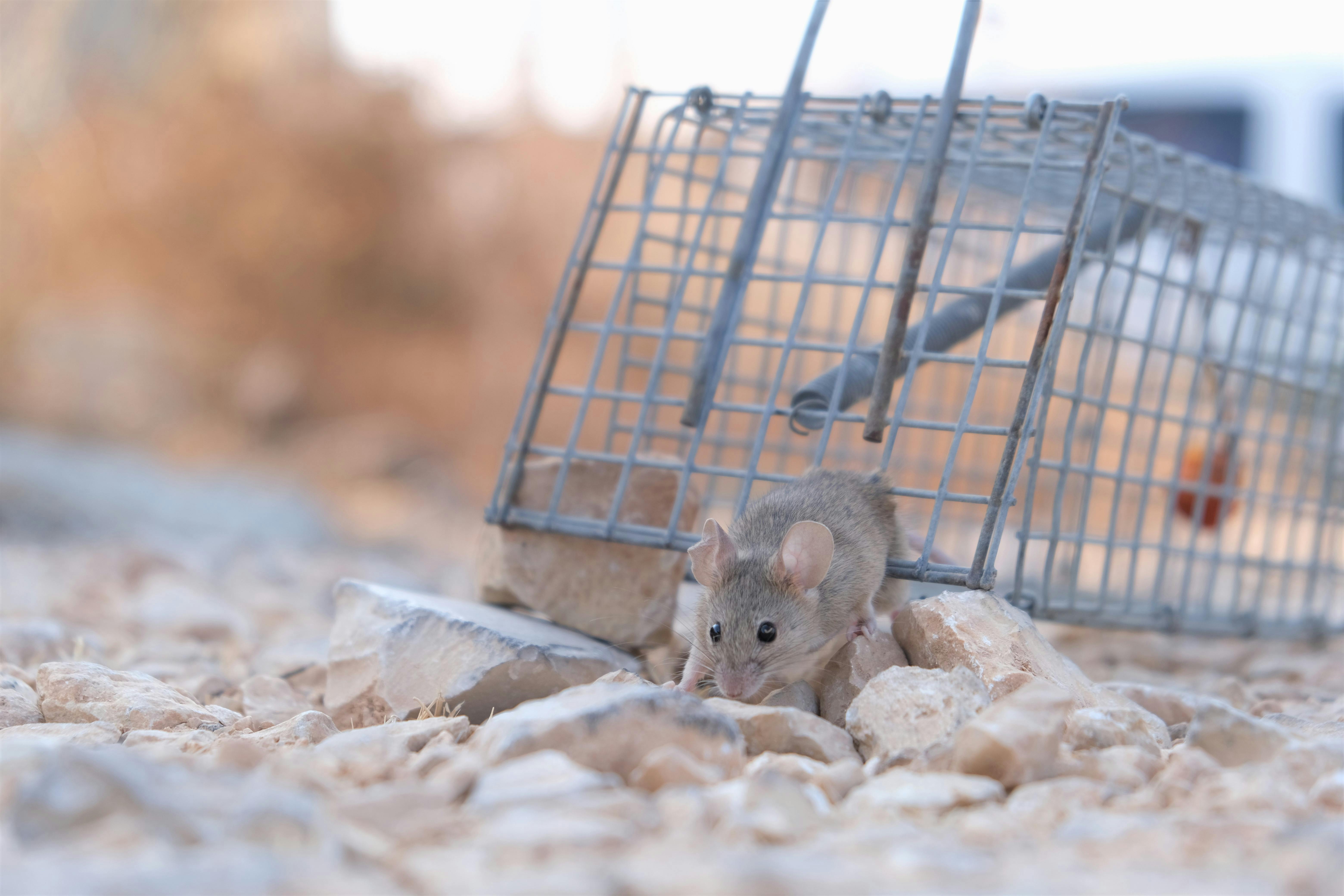Table of Contents
- 1. Introduction
- 2. Understanding Urban Wildlife
- 3. Common Urban Wildlife Species
- 4. Behavior and Ecology of Urban Wildlife
- 5. Humane Trapping Techniques
- 6. Exclusion Methods
- 7. Habitat Modification Strategies
- 8. Bird Management in Urban Environments
- 9. Squirrel Management in Urban Environments
- 10. Common Rodents Found in Homes in the USA
- 11. Community Engagement and Education
- 12. Legal and Ethical Considerations
- 13. Conclusion
Introduction
As urbanization continues to encroach on natural habitats, interactions between humans and wildlife are becoming more frequent and complex. Urban wildlife management seeks to address these conflicts by implementing strategies to mitigate damage and reduce human-wildlife interactions. This guide provides an overview of techniques for managing wildlife populations in urban and suburban environments, focusing on humane trapping, exclusion methods, and habitat modification strategies.
Understanding Urban Wildlife
Before implementing management strategies, it is essential to understand the behavior, ecology, and habitat requirements of urban wildlife species. Common urban wildlife may include:
- • Raccoons
- • Squirrels
- • Skunks
- • Opossums
- • Coyotes
- • Various bird species
Common Urban Wildlife Species
There are various species of wildlife commonly found in urban settings. Understanding the specific species you are dealing with is crucial for effective management. Some common urban wildlife species include:
- Raccoons: Known for their intelligence and dexterity, raccoons are adept at scavenging and finding food in urban areas.
- Squirrels: These nimble creatures are common in both urban and suburban environments, often seen foraging during the day.
- Skunks: Easily identifiable by their distinctive black and white coloring, skunks can cause issues with their digging and scent marking.
- Opossums: North America's only marsupial, opossums are nocturnal and can be found scavenging at night.
- Coyotes: Increasingly seen in urban areas, coyotes are highly adaptable and can pose a threat to small pets.
- Birds: Various species of birds, including pigeons and sparrows, are common in urban environments.
Behavior and Ecology of Urban Wildlife
Urban wildlife often adapts unique behaviors to survive in city environments. These behaviors can include altered feeding patterns, nesting in man-made structures, and increased nocturnal activity to avoid human interaction. Understanding these behaviors is key to managing and coexisting with urban wildlife effectively.
Humane Trapping Techniques
Humane trapping involves capturing and relocating wildlife without causing injury or undue stress to the animals. Some effective humane traps include:
- Cage traps: Box traps made of wire mesh with a door that closes when triggered by the animal. Ideal for capturing raccoons, squirrels, and opossums. Cage traps should be baited with foods that are attractive to the target species and checked frequently to minimize the time animals spend in the trap. Once an animal is captured, it should be relocated to an appropriate habitat far from urban areas.
Exclusion Methods
Exclusion involves making modifications to structures and environments to prevent wildlife from gaining access. Techniques include:
- Installing chimney caps: Prevents animals from entering homes through chimneys.
- Sealing entry points: Use materials like steel mesh to close off gaps and holes where wildlife could enter buildings.
- Using fencing: Install fencing around gardens and yards to keep out larger animals like deer and coyotes.
Habitat Modification Strategies
Modifying the habitat around your home can make it less attractive to wildlife. Strategies include:
- Removing food sources: Secure garbage cans with tight-fitting lids and avoid leaving pet food outside.
- Trimming vegetation: Keep trees and bushes trimmed to reduce cover and nesting sites for animals.
- Using landscaping techniques: Plant less palatable vegetation and avoid dense shrubs that can provide hiding places.
Bird Management in Urban Environments
Birds can be both beneficial and problematic in urban environments. Management techniques for urban birds include:
- Installing bird spikes: Prevents birds from roosting on ledges and other surfaces.
- Using bird netting: Protects gardens and crops from being eaten by birds.
- Employing scare tactics: Use visual and auditory deterrents to discourage birds from certain areas.
Squirrel Management in Urban Environments
Squirrels are a common sight in urban areas, and while they can be entertaining to watch, they can also cause problems. Effective squirrel management techniques include:
- Tree management: Trim tree branches away from buildings to prevent squirrels from accessing roofs and attics.
- Exclusion: Use metal collars around tree trunks and seal entry points to attics to keep squirrels out.
Common Rodents Found in Homes in the USA
Rodents are a common pest in homes across the USA. Some of the most frequently encountered species include:
- House Mouse (Mus musculus): Small and prolific, house mice can cause damage to structures and spread diseases.
- Norway Rat (Rattus norvegicus): Larger than house mice, these rats are known for their burrowing behavior and can cause significant structural damage.
- Roof Rat (Rattus rattus): Agile climbers, roof rats often live in attics and upper parts of buildings.
Management techniques for these rodents include proper sanitation, exclusion methods, and the use of traps.
Community Engagement and Education
Effective urban wildlife management often involves educating the community and encouraging proactive measures. Strategies include:
- Public workshops and seminars: Educate residents on wildlife behavior and management techniques.
- Distribution of educational materials: Provide pamphlets and guides on how to coexist with urban wildlife.
- Community clean-up events: Organize events to remove potential food sources and habitats for wildlife.
Legal and Ethical Considerations
When managing urban wildlife, it is essential to consider the legal and ethical implications. This includes understanding local wildlife protection laws, obtaining necessary permits for trapping or relocating animals, and ensuring that all management practices are humane and in line with ethical standards.
Conclusion
Managing urban wildlife requires a combination of understanding animal behavior, employing humane and effective management techniques, and engaging the community. By taking a proactive and informed approach, we can reduce conflicts with urban wildlife and promote coexistence in our increasingly urbanized world.





